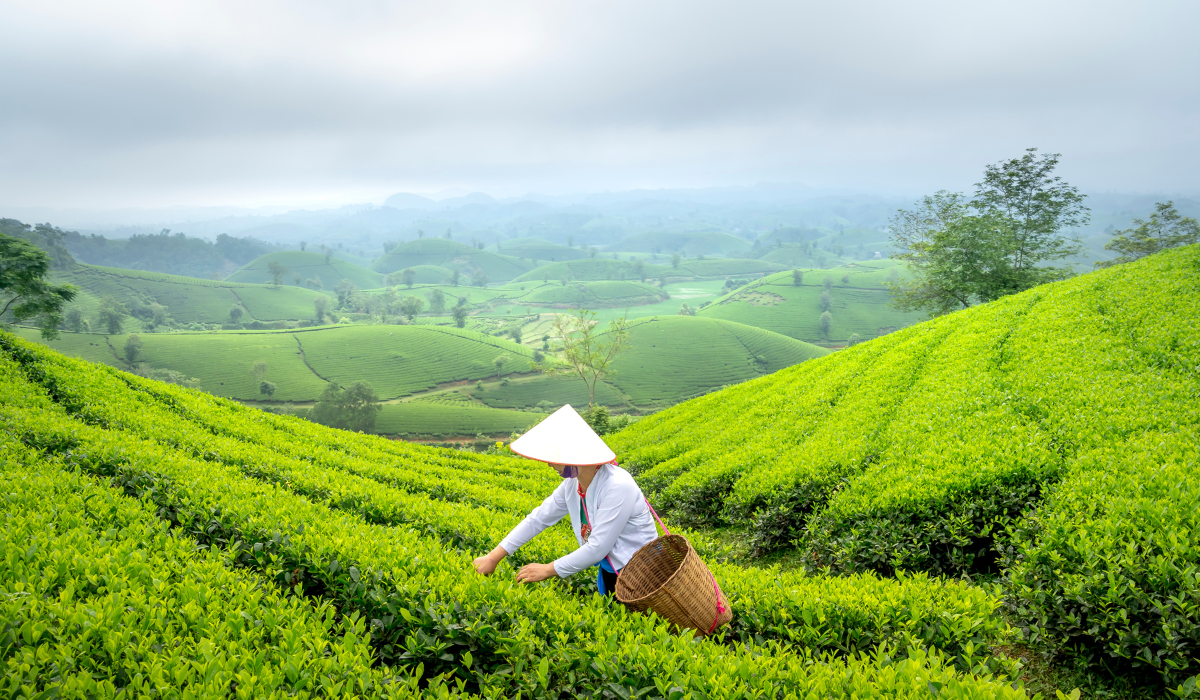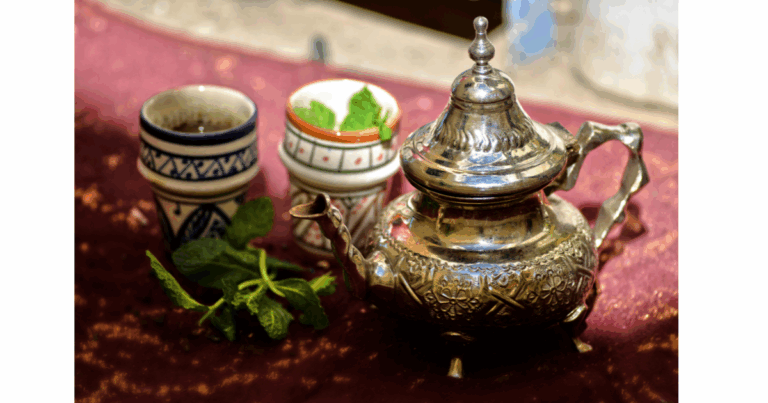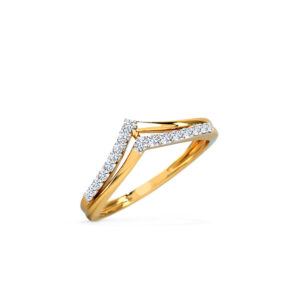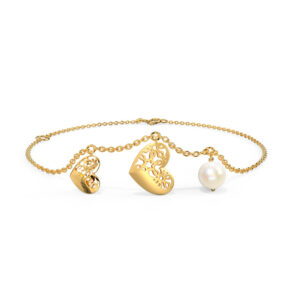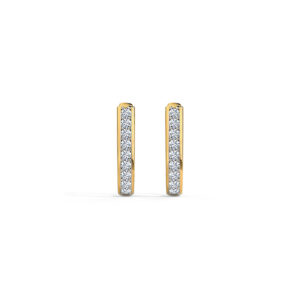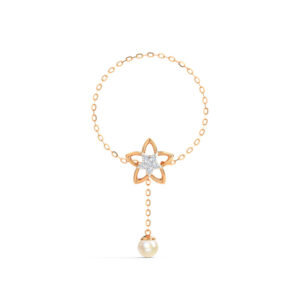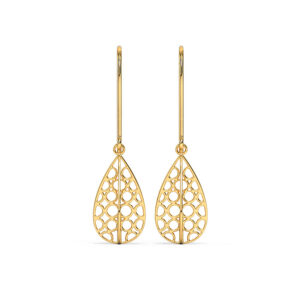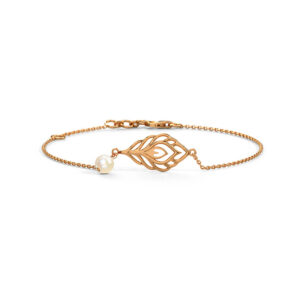Tea is more than just a drink — it’s a moment of peace , a comfort , and for many , a daily ritual . But not all tea is created equal . If you’ve ever sipped a cup and thought it tasted bland or bitter , chances are it wasn’t high-quality tea . So , how can you tell the difference between average and premium tea ? This guide will help you identify high-quality tea , understand the importance of freshness , and learn how to brew it properly .
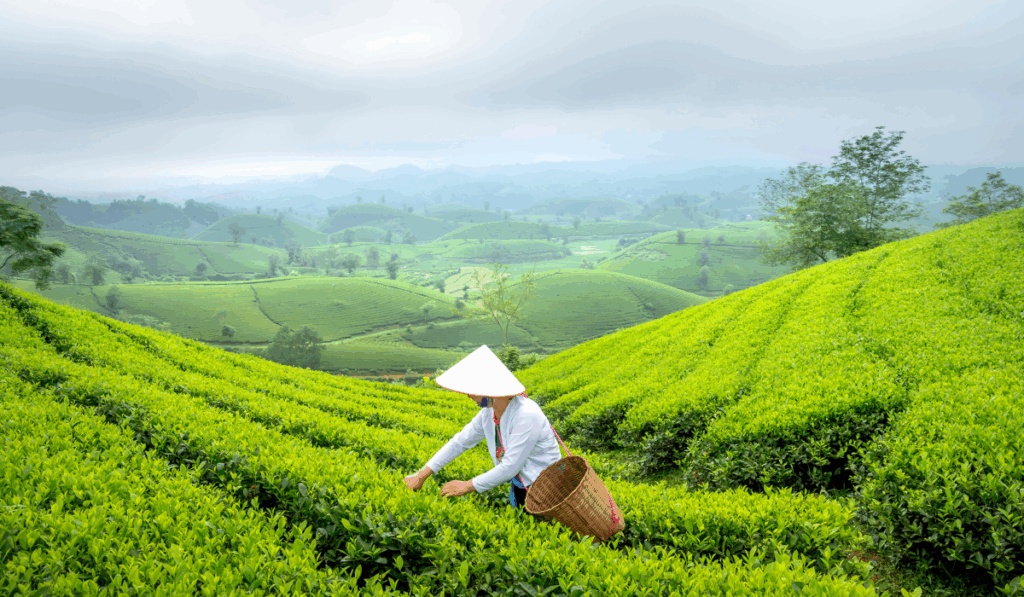
What Makes Tea “High Quality”?
Good tea starts at the source — the tea plant itself . High-quality tea usually comes from reputable regions where the leaves are carefully picked and processed . These leaves are often hand-picked rather than machine-harvested , which helps preserve their shape and flavor .

A few signs of high-quality tea include :
- Whole , unbroken leaves instead of dust or fannings (the tiny bits found in cheap tea bags)
- A strong , pleasant aroma — not dull or musty
- A clean , fresh taste when brewed
The color of the dry leaves can also be a clue . For example , green tea should be vibrant green , not brown or faded . Black tea leaves should have a deep , rich color .
Why Freshness Matters
Freshness plays a huge role in how tea tastes . Like spices and coffee , tea losses flavor over time , especially if it’s exposed to air , light , or moisture . If your tea has been sitting in the cupboard for a couple of years , it probably won’t taste great anymore .
To keep tea fresh , store it in an airtight container , away from direct sunlight and heat . Metal or dark-coloured tins work well . And try to buy smaller amounts more often , rather than big bulk packs that you won’t finish quickly .
When buying tea, always check for packaging dates if possible . Some specialty tea shops include harvest information , which is a good sign that they care about freshness and quality .
How to Brew the Perfect Cup
Even the best tea won’t taste right if you don’t brew it properly . Different types of tea need different water temperatures and steeping times .
Here’s a simple guide :
- Green tea : Use water around 70–80°C (not boiling!) and steep for 2–3 minutes .
- Black tea : Use boiling water and steep for 3–5 minutes .
- Herbal tea : Also needs boiling water, and you can steep it for up to 7 minutes .
Too hot or too long , and your tea can turn bitter . Too cold or too short , and it may taste weak . So take a little time to learn the best method for the type of tea you’re drinking — your taste buds will thank you .
Final Thoughts
Enjoying tea shouldn’t be complicated . With just a little knowledge , you can easily identify high-quality tea , keep it fresh , and brew it the right way . Whether you’re a beginner or a longtime tea lover , focusing on freshness and proper preparation will transform your tea time into something truly special .
